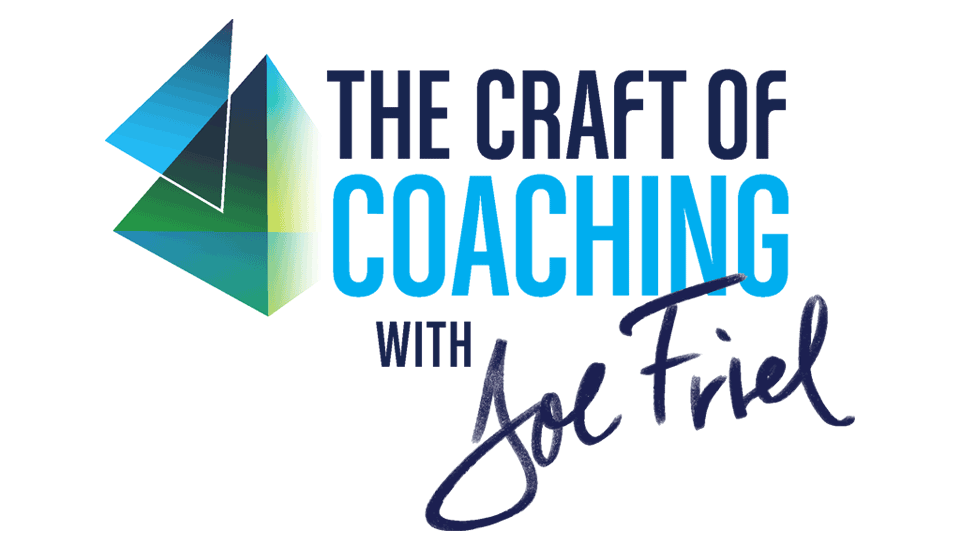Key Areas of Mobility For Endurance Athletes
Moving well is the key to consistent training, but what are the key areas of mobility for endurance athletes? We find out in this video interview with strength coach Erin Carson.
Moving well is the key to consistent training, but what are the key areas of mobility for endurance athletes? We find out in this video interview with strength coach Erin Carson.
Video Transcript
Erin Carson 00:03
So, if you’re a cyclist you’re going to be tight in the front side of your hips, through your chest, and probably also from your pubic bone to about your sternum.
This tightness of the body can actually be undone quite easily with:
- A consistent practice of hip openers
- Chest openers
- Thoracic spine mobility
The three key areas of mobility that I’m always looking at and I’m always coming back to: the ankles need to move really, really well, so that the foot can be stable and the knees can be stable.
00:34
I’m always looking at the hip mobility and the hip decoupling because the pelvis is two pieces and needs to work independently in most of the sports that we like to do. Then the low back is happy. So, if somebody comes to me when they have low back pain, and they say, “I need a stronger low back,” I can usually come back and say, “Your low back is probably just fine. It’s your glutes that are under-functioning, and we need to strengthen your glutes so that they can be mobile and more active in performance.”
In the upper body, we’re going to see that the chest, whether they’re sitting in regular handlebars, or whether we’re sitting up in a TT bike, the chest is going to be quite tight, and that’s going to inhibit the upper back. So, in order for the neck to be pretty happy, and the low back to be happy, we need that thoracic spine to move.
01:20
There have been lots of strategies over the years and lots of ways of accomplishing all of those objectives that are all very similar, but different and they’re creative, and they’re sometimes traditional and sometimes non-traditional. We use a lot of different modalities to keep it really fun and interesting for the athletes, but those are the three key areas of mobility that will allow us to strengthen the posterior chain in the back side of the body to just put that athlete in a better physical position to do the work.
